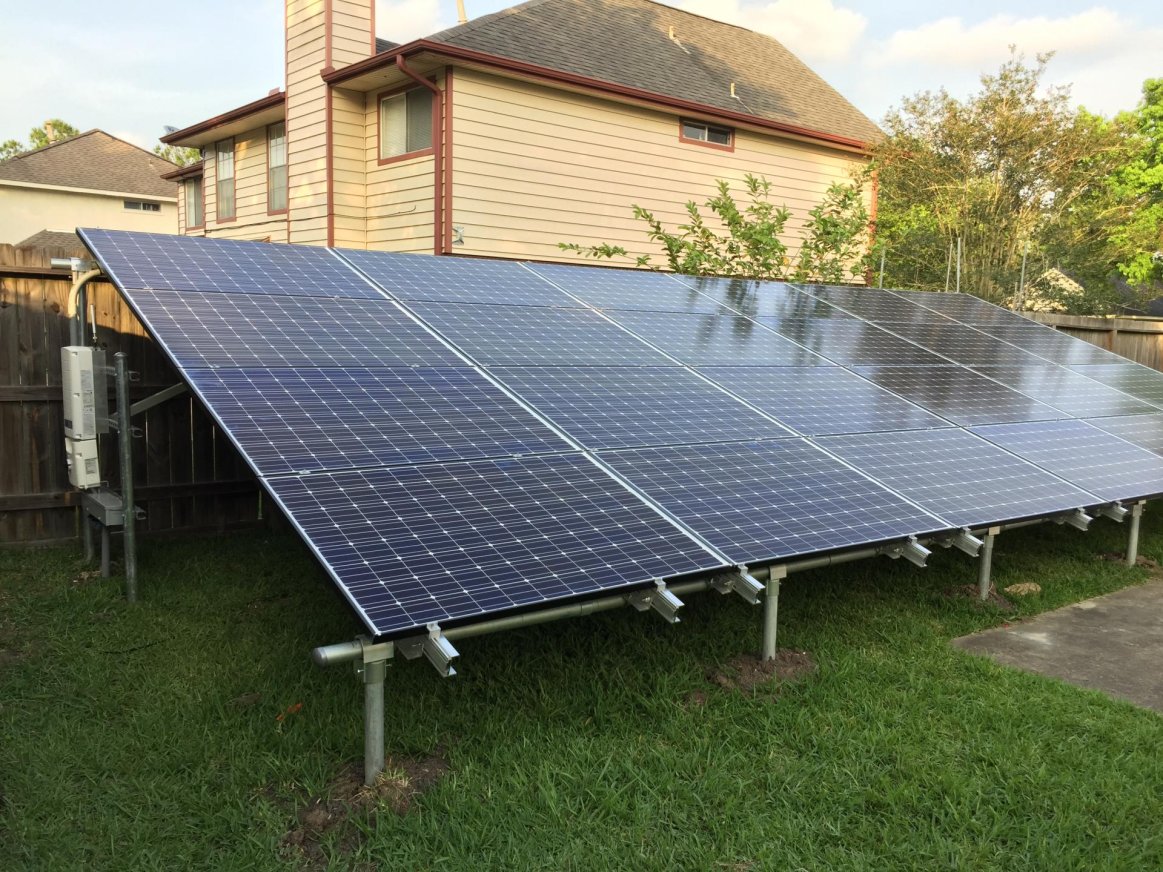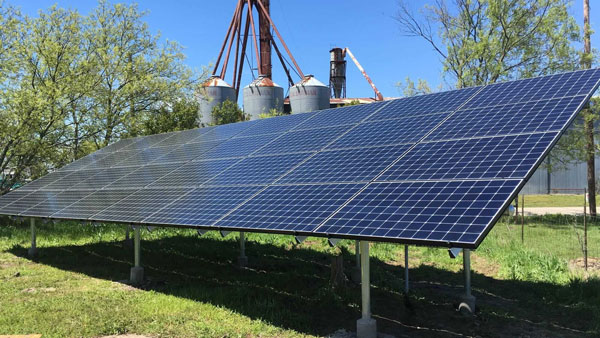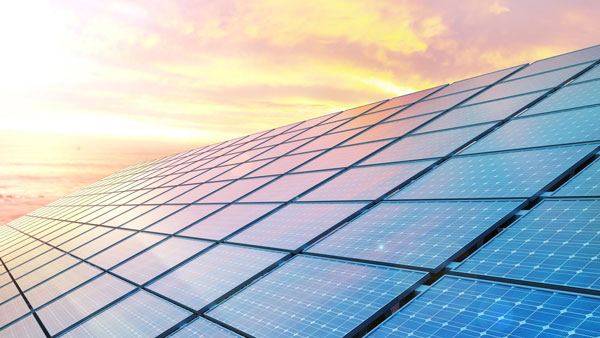Improved Winter Performance
This advantage was most apparent during the recent winter months, when everyone else's solar stopped producing and we remained generating just fine with a little snow on top. Since they are oriented so that they can collect more sunlight as the sun is lower in the sky, winter's typical solar conditions. This setup is intended to prevent the accumulation of snow and debris, something that can hamper the functionality of horizontal or even angled panels. A trial in Massachusetts where vertical solar panels, keeping 98% of their output during the winter months, as opposed to 91% for traditional placements.
Reduced Space Requirements
A practical solution for urban environments or smaller rooftops where space is at a premium, Vertical Solar Panels Homeowners without lots of roof space to work with can also take advantage of the new configuration by installing panels vertically in an array as part of a wall along the side of a building that gets plenty of sun. In San Francisco, a project used vertical panels along the sides of a residential building which led to 25% higher energy generation but without increasing the footprint.
Architectural Integration
While other options might not add very much aesthetically, vertical solar panels are easy to integrate into any new building or renovation, making them an attractive feature for anyone looking to up the value of their property at the same time. Those panels could serve as components of the building envelope, complementing energy efficiency with edgy contemporary architecture. A new apartment building in Seattle at which vertical solar panels serve as architectural elements and privacy screens, a solution that can be replicated using this technology.
Enhanced Privacy and Shade
This new facility not only harvests power but also serves as a privacy wall and shade, which certainly can double the benefit of installation. Homeowners would position panels smartly around windows or patio areas to shield their homes from prying eyes the hot sun and still make power. A home in Arizona used upright panels to establish a shielded patio away, which minimized interior temps through around 8°F throughout peak summer season.
Minimal Maintenance
While this can be an ideal point for ensuring security during the night, solar panels installed vertically are typically less hands-on than upright systems that blanket a building's roofing. Dirt, leaves, and snow are less likely to pile on these surfaces they do not require frequent cleaning. Vertical systems at a solar maintenance company in Colorado showed vertical systems required 30% fewer service calls than horizontal.
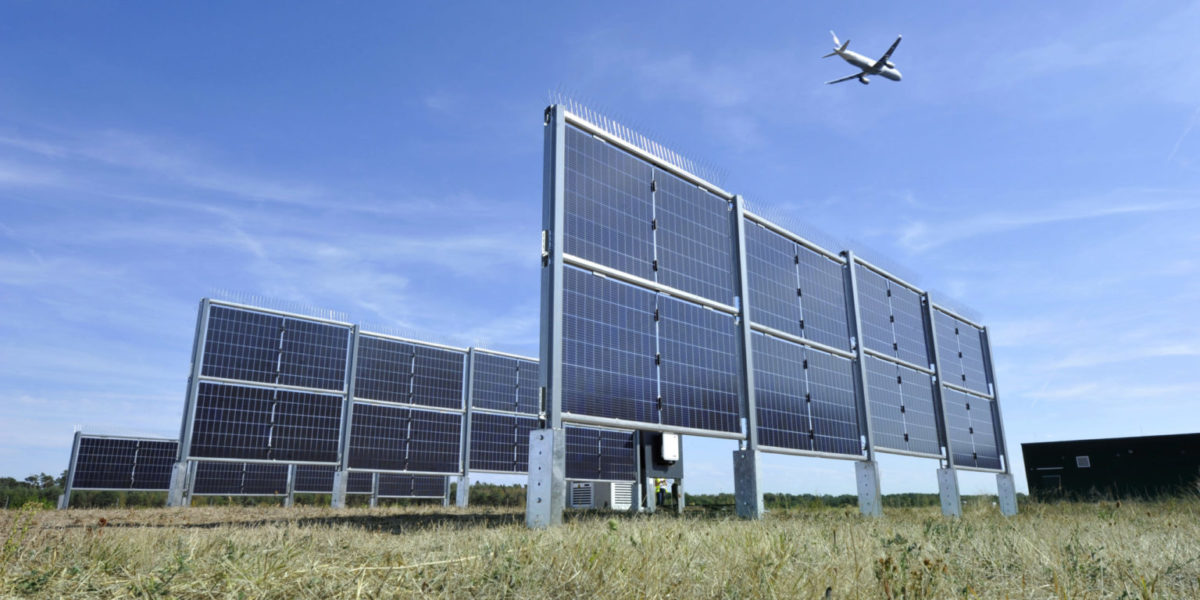
Space-Saving Design
Vertical solar PV panels are especially well-suited for urban and residential environments or applications where space is limited. Vertical panels are different from traditional rooftop systems that require large, unobstructed areas - rather than requiring lash across roofs, they can be installed on building facades, fences and even more of the railing around balconies. One example of the potential use for BESP is in a long, narrow residential building in Tokyo where conventional rooftop solar was impossible; with vertical panels on the southern facade they could increase energy capture by up to 40%.
Better Opportunities for Installation
Vertically-oriented solar panels are more versatile than traditional horizontal panels and can be installed in locations that cannot support conventional modules. This can involve walls that face north or portions of the day that are in shadow. In London, a west-facing north wall installation employed bifacial vertical panels that receive light from both sides and also capture reflected and indirect sunlight, increasing power yield by 15% compared to single-faced north-wall panels.
Urban Application
Vertical solar panels can be integrated in dense urban environment on slots of existing structure as sound barriers along highways, protective barriers on bridges. Along the E4 motorway in Stockholm, the sound barriers were fitted with vertical panels that are integrated into the bases of parts of the noise barriers which allow for less sunlight to hit them reducing their carbon footprint and being able to power street lighting and traffic systems directly.
Green Building Standards Compatibility
Vertical solar panels helps in achieving green building certifications like LEED or BREEAM that makes renewables as a must incorporation. Buildings adopting these, end up getting higher ratings which add to their market value and also attract tenants/buyers who are very eco friendly. SAN DIEGO, CALIFORNIA: This retrofit with vertical solar panels demonstrated that even commercial buildings can achieve LEED Gold certification at lower expense after they are already constructed; in this case 20% of the annual energy consumption was supplied using solar power.
Aesthetic Enhancement Options
Not a mere practicality, vertical solar panel systems can also serve as aesthetic elements that work well with modern architectural aesthetics. A commercial building in Copenhagen, its vertical panels come available with a variety of colors in custom patterns which allow it to better merge within the city scape, and presentation of said building.
Customizable Designs
Solar panels can now come in increasingly diverse colors, textures, and transparencies to serve as components of the building envelope while also producing electricity. In Paris, a new art museum used translucent vertical solar panels as an architectural element; by day, the leading-edge façade looked like contemporary stained glass and allowed natural light to colorize the interior.
Incorporation with Smart Home Construction Pack
Vertical solar panels can now be incorporated into new smart homes to make them efficient and stylish. These panels can be integrated with home automation systems to self-adjust depending on how sunny it is or how much energy you need. These smart vertical panels self-adjust to the suns position throughout the day in a home in California, so as to optimally absorb solar, rather than just look good.
Landscape Harmony
It is possible to design solar panels in a vertical arrangement which more naturally fit into tree lines or even you perimeter boundaries by setting them into garden walls etc. A home in Sydney incorporated vertical panels within garden walls which contribute to power at the same time and exhibits from natural texture such as rock and wood for innovation that works with character.
Installation Challenges
While the advantages of vertical-mount solar panels are clear, so too are installation complications that demand due care. In New Jersey, a residential project had some issues with structural strength using the panels as it cladded an older building, requiring further reinforcement at considerable extra expense to cover a 15% increase across initial costs.
Structural Considerations
Depending on orientation to sunlight and general aesthetic appeal, sometimes vertical solar panels are set up on pre-existing structures which may need some structural reinforcement already in order to support the added weight and wind load. A specialized structural analysis in Chicago was also done to prove the additional weight would not compromise the integrity of the historic building.
Aesthetic Regulations
Some communities have aesthetic or historical preservation codes that prevent visible solar panels from being installed. A homeowner in Savannah, Ga., had a tough time getting approval for vertical panels on the home he's remodeling within a historic district, which required custom panel designs that emulate a traditional look.
Electrical Complexity
This would require more in-depth electrical layouts where there are vertical solar panels to assure efficient power generation coupled with home-based energy systems. A part of the system that was installed in San Diego had to have an energy management system capable of handling variable outputs from panels installed facing different directions on the building so it could deliver consistent power generation.
Installation Expertise
Finding a contractor with experience in installing vertical systems can be difficult as this is an unconventional practice when compared to traditional roof-mounted systems. In Texas, a survey of installers found that only 20% had installed many vertical systems, so there is a requirement for training and certification on vertical installations.
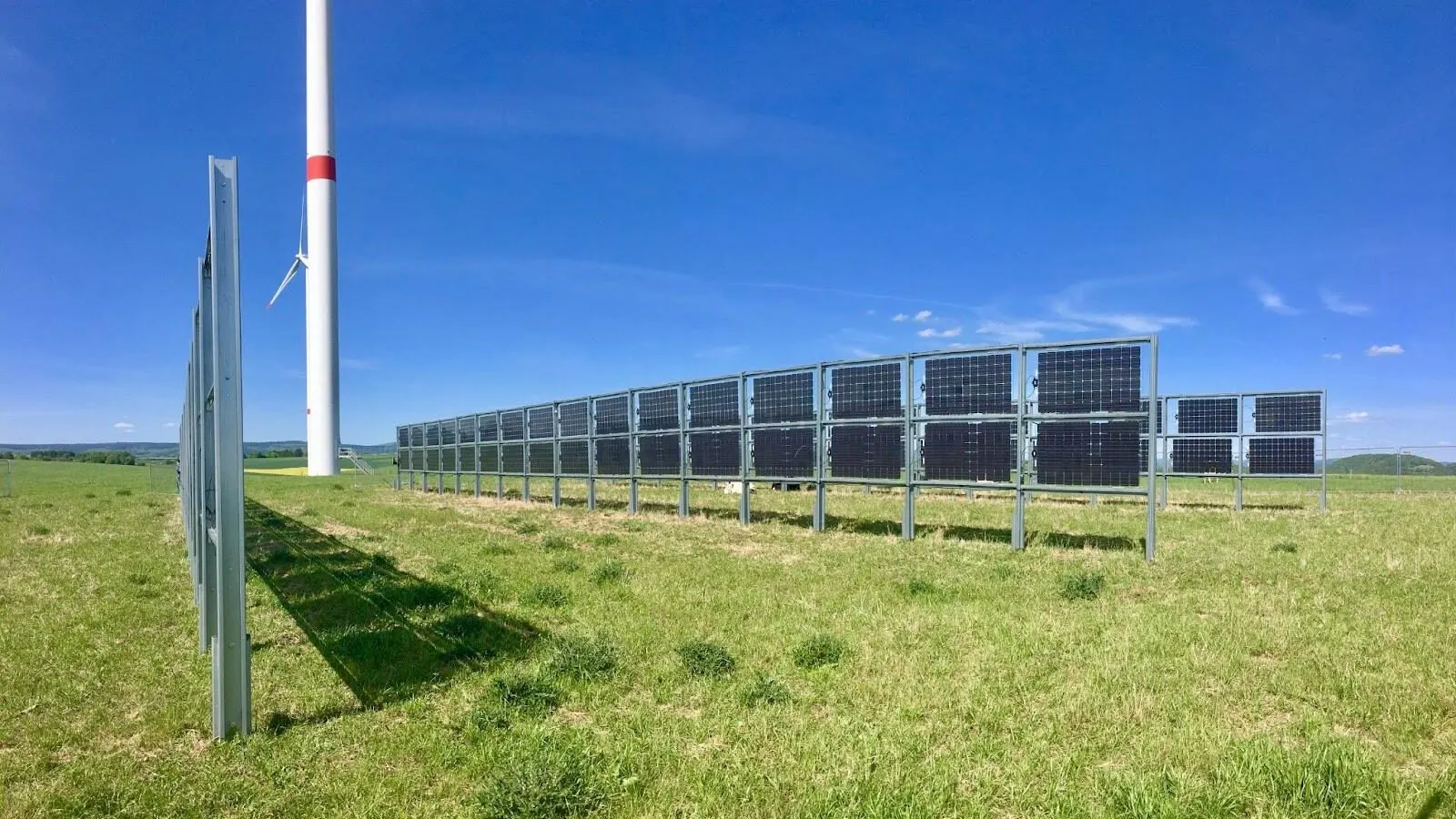
Comparing Sunlight Exposure
Are Vertical Solar Panels More Efficient? A study in Seattle showed that vertically oriented panels to the east and west can produce up to 30% more towards morning and evening, over their south-facing counterparts.
Geographic Variability
Whether vertical solar panels are more efficient than the standard kind that sit on a rooftop depends on where you live. In northern latitudes, vertical panels work much better to collect direct running day time sunlight during cold weather months than do non-vertical panels. The company said that in Stockholm, vertical panels provided an advantage over flat-panel installations "by hitting higher energy production levels for a longer period of the day" throughout the city's dark winter months.
Daily Sunlight Patterns
Solar Panel Orientation and Daily Sunlight Patterns Areas where the sun is moving significant from east to west may offer better production: Vertical panels, which produce through most of the day evenly. At a home installation in California, the vertical panels cut power generation variability between morning and afternoon by 40% relative to conventional similar setups.
How Building Orientation Affects
The layout of the building also determines how effectively a vertical solar installation performs due to its design.functional programming vs imperative programming East-west vertical panels can be used to collect more sunlight in buildings that have little southern exposure. One corporate building located in Houston saw a rate of 25% on its overall energy generation after utilizing morning and afternoon sun exposure by swivel-installing their east & west facades.



